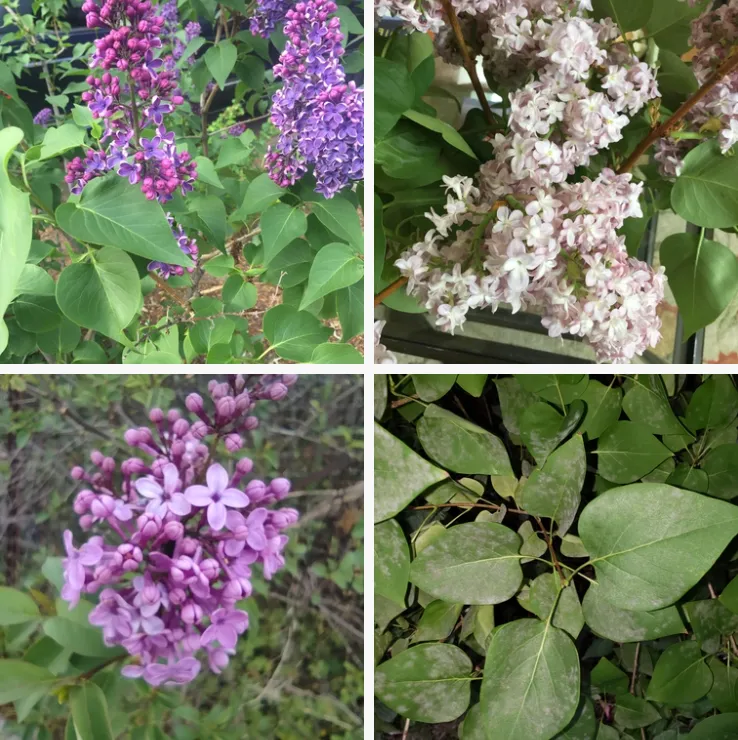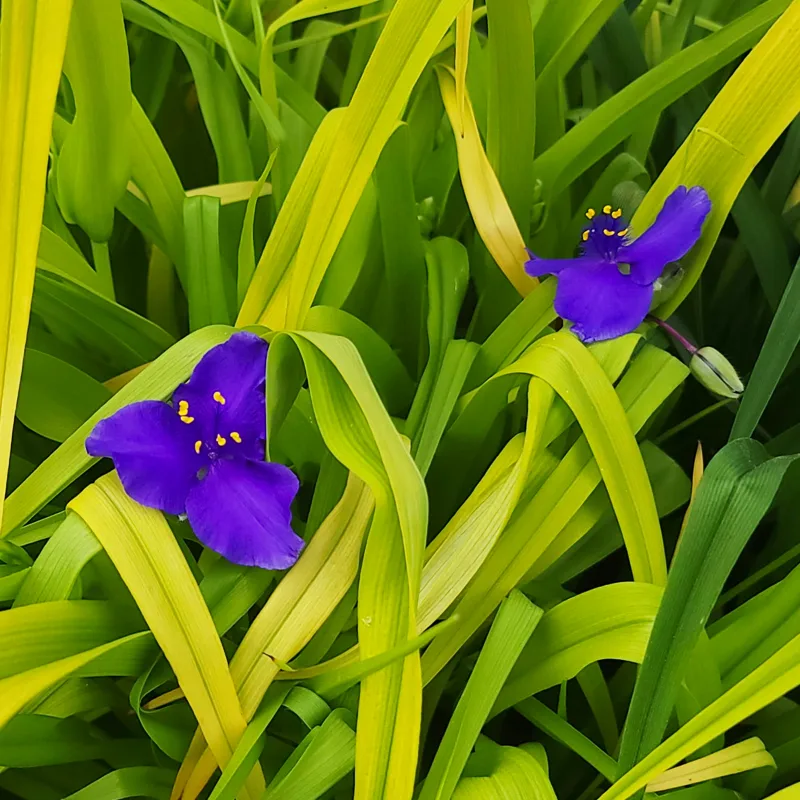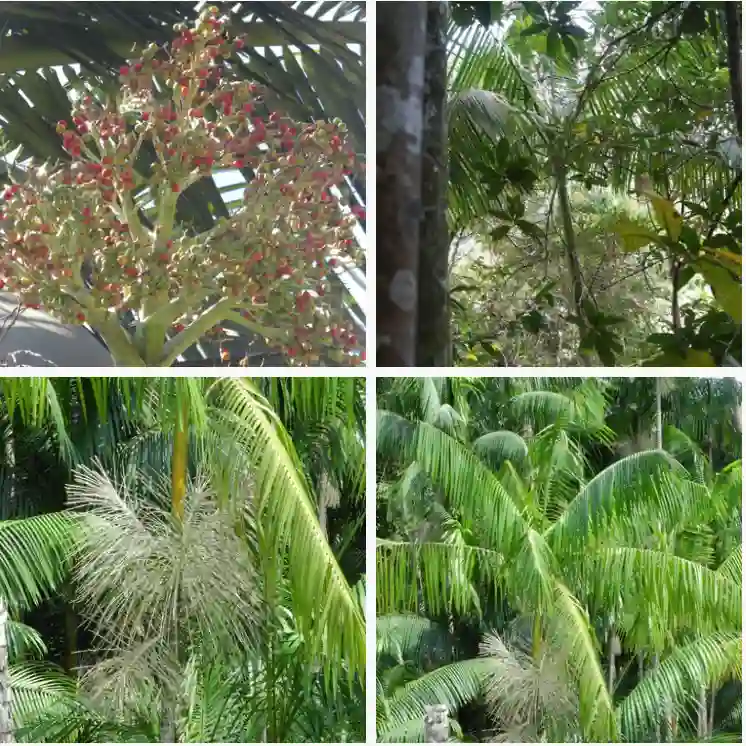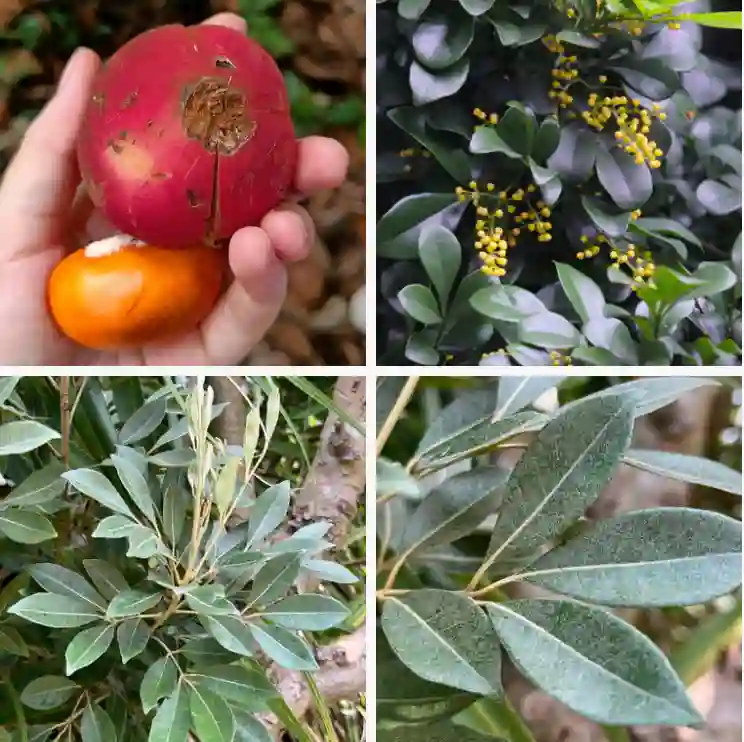FAQs About Beesia Deltophylla
Beesia Deltophylla is a fascinating plant that has intrigued me for quite some time. It’s a robust, evergreen perennial that hails from the rich, shaded forests of China. I’ve found it to be a remarkable addition to my garden, and I’d like to share some frequently asked questions and answers based on my personal experiences.
What Is Beesia Deltophylla?
Beesia Deltophylla, commonly known as the delta-leaf beesia, belong to the Ranunculaceae family, is a perennial plant valued for its striking foliage. Its leaves are heart-shaped with a glossy finish, creating an attractive ground cover. The plant produces small, inconspicuous flowers that are not its main attraction but add a subtle charm. It thrives in shaded environments, making it perfect for those tricky spots in the garden where other plants might struggle.
Plant Family: 50 Genera in Ranunculaceae – Buttercup Family
How to Care for Beesia Deltophylla?
Caring for Beesia Deltophylla is relatively straightforward, especially if you keep a few key points in mind:
- Light: This plant prefers partial to full shade. It does not handle direct sunlight well, so planting it in a spot with filtered light or under the canopy of taller plants is ideal.
- Soil: It thrives in well-drained, rich soil. I’ve found that adding a layer of organic matter, like compost, helps improve soil structure and provides the nutrients Beesia needs.
- Watering: Regular watering is crucial, especially during dry spells. The soil should be kept consistently moist but not waterlogged. Overwatering can lead to root rot, so ensure good drainage.
- Temperature: Beesia Deltophylla is quite hardy and can tolerate a range of temperatures. However, it prefers cooler climates and may struggle in extremely hot conditions.
How to Propagate Beesia Deltophylla?
Propagating Beesia Deltophylla is a rewarding process. Here’s how I’ve successfully done it:
- Division: This is the most common method. In early spring or fall, carefully dig up the plant and divide the root clumps into smaller sections. Replant these sections in well-prepared soil.
- Offsets: The plant can produce offsets, which are small new plants that can be separated and replanted. Gently remove them from the main plant and replant in a suitable location.
What to Plant With Beesia Deltophylla?
Beesia Deltophylla works well with a variety of other shade-loving plants. I’ve paired it successfully with:
- Hostas: Their large leaves contrast nicely with the smaller, heart-shaped foliage of Beesia.
- Ferns: They provide a lush, textural contrast and thrive in similar conditions.
- Astilbes: The feathery blooms of astilbes add color and interest to the shady areas where Beesia grows.
Benefits of Beesia Deltophylla
Beesia Deltophylla has several benefits that make it a valuable addition to any garden:
- Shade Tolerance: Its ability to thrive in low-light conditions makes it perfect for those challenging garden spots.
- Evergreen Foliage: The glossy, heart-shaped leaves provide year-round interest and ground cover.
- Low Maintenance: Once established, Beesia requires minimal care, making it an excellent choice for busy gardeners.
Is Beesia Deltophylla Toxic?
Beesia Deltophylla is non-toxic to humans and pets. I’ve never encountered any issues with toxicity, making it a safe choice for gardens frequented by children and animals.
Common Problems with Beesia Deltophylla
Despite its hardiness, Beesia Deltophylla can encounter a few issues:
- Root Rot: This can occur if the plant is overwatered or if drainage is poor. Ensuring the soil is well-draining can help prevent this problem.
- Pests: While not a major issue, watch out for aphids and slugs. Regular checks and appropriate treatments can manage these pests.
Compare with Similar Plants
If you’re considering Beesia Deltophylla, you might also look at other shade-loving ground covers:
- Liriope: Unlike Beesia, Liriope has strappy leaves and produces small, spike-like flowers. It’s also tolerant of shade but prefers more sunlight than Beesia.
- Pachysandra Terminalis: Often used as a ground cover in shade, Pachysandra has a more uniform look compared to the varied foliage of Beesia. It also tends to be more aggressive.
- Houttuynia Cordata: Known for its colorful foliage, Houttuynia can add vibrant hues to shaded areas but is more invasive compared to Beesia.
In conclusion, Beesia Deltophylla is a fantastic choice for shaded areas in the garden, providing beautiful evergreen foliage and requiring minimal maintenance. It pairs well with other shade-loving plants and adds a touch of elegance to any garden space. If you’re dealing with tricky, low-light conditions, this plant is definitely worth considering.
If i die, water my plants!



